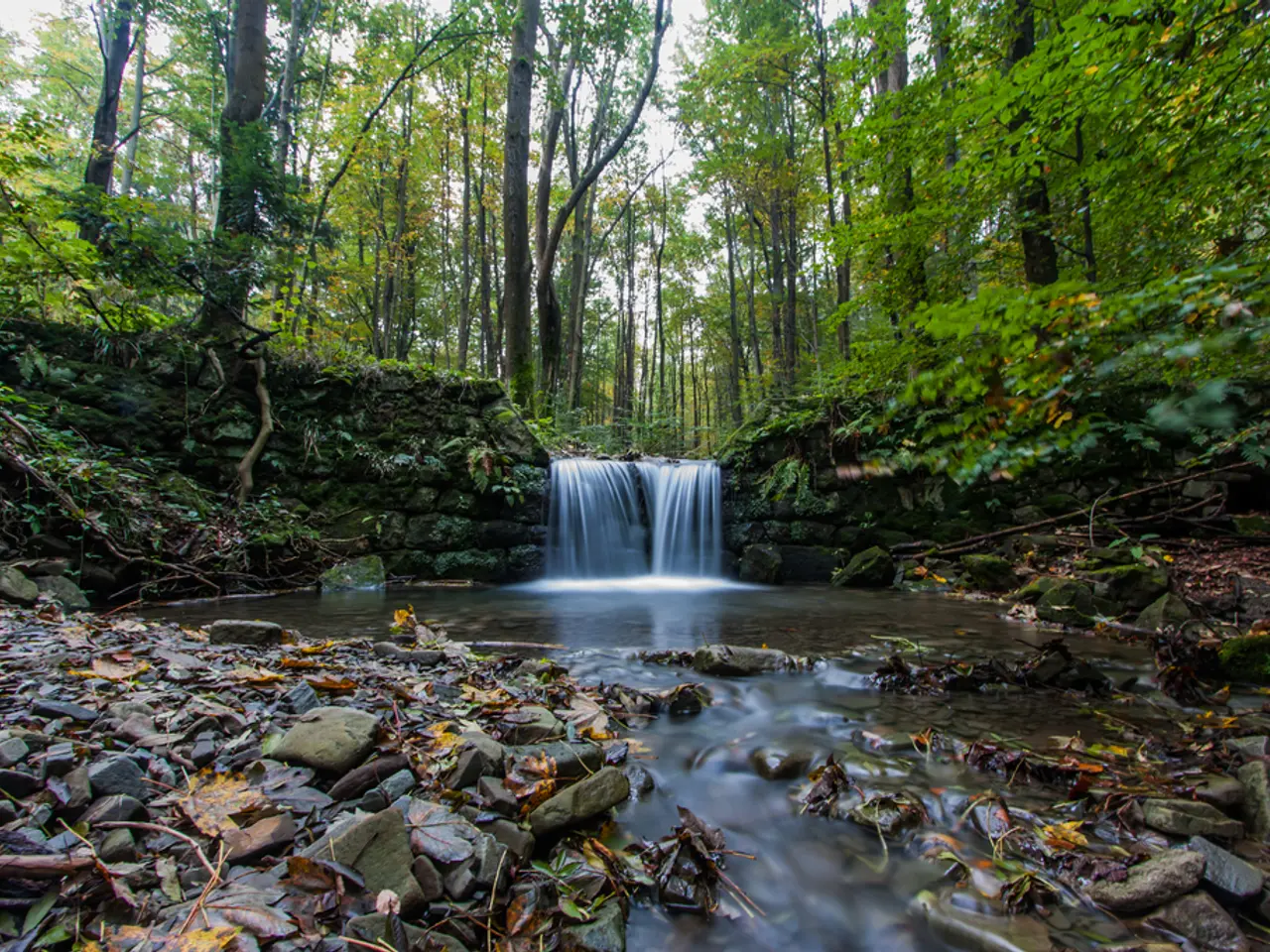Restoration of Eu-wide Ecosystems: Strategies for Effective Rehabilitation
In a significant stride towards environmental conservation, the European Union has adopted a new regulation on nature restoration, known as the Nature Restoration Regulation (NRR), which came into force in August 2024. This regulation aims to increase biological diversity in Europe in the long term and make nature more resilient to climate change and other pressures.
A team of researchers from the UFZ and SRU has outlined five key steps for implementing the NRR to effectively restore Europe's ecosystems. These steps, published in the journal "Restoration Ecology" in 2025, provide a roadmap for European countries to back up the binding targets set by the NRR with practical measures.
1. **Public and Stakeholder Engagement**: Engaging land users, politicians, businesses, and the public in the restoration process is crucial. This includes clear communication about the benefits and challenges of restoration projects, ensuring citizen participation in planning processes from an early stage.
2. **Integrated Planning and Policy Support**: Restoration plans must be integrated into national and regional policies, with strong political backing and legal frameworks. This involves aligning restoration goals with broader biodiversity and climate resilience objectives.
3. **Monitoring and Evaluation**: Establishing robust monitoring systems to track the progress of restoration efforts is essential. Using indicators such as biodiversity metrics (e.g., populations of pollinators like bees and butterflies) and ecosystem health assessments, we can measure the success of our efforts.
4. **Ecological Understanding and Restoration Techniques**: Applying scientific knowledge to restore ecosystems effectively is key. This includes considering factors like hydrological linkages in wetlands and diversity in water regimes to enhance biodiversity.
5. **Adaptive Management and Continuous Learning**: Encouraging adaptive management strategies that allow for adjustments based on monitoring outcomes and new scientific findings ensures that restoration efforts remain effective over time.
Experts from three German political advisory bodies, including the Scientific Advisory Board on Environment, the Scientific Advisory Board on Biodiversity and Genetic Resources, and the Scientific Advisory Board on Forest Policy, have also identified five key success factors for achieving the goals of the NRR. By September 1, 2026, all member states must submit a draft of their national restoration plans to the EU Commission, outlining how they intend to achieve the goals set out in the regulation.
Prof. Dr. Josef Settele, an agroecologist at UFZ and member of the Scientific Advisory Board on Environment (SRU), stated that the NRR is a milestone in ecosystem restoration. The opportunity to achieve something for Europe's biological diversity and sustainable agricultural production conditions through the EU Nature Restoration Regulation should not be missed, as some political circles are currently questioning its potential. The regulation could significantly improve the state of biodiversity in Europe, but this depends on member states supporting the binding goals with effective measures.
By implementing these steps, European countries can effectively restore damaged ecosystems, improve conditions for certain species groups like pollinators, and contribute to a more resilient and diverse Europe.
- To complement the European Union's Nature Restoration Regulation (NRR), it's crucial to emphasize health-and-wellness by promoting education and awareness about the benefits of ecosystem restoration for human wellbeing.
- Given the climate-change challenges, it's essential that the NRR incorporates recent advancements in environmental-science, focusing on resilient species and ecosystems that can mitigate these impacts.
- As part of the NRR's implementation, fitness-and-exercise opportunities can be provided in restored ecosystems, encouraging community engagement and enhancing overall wellness.








